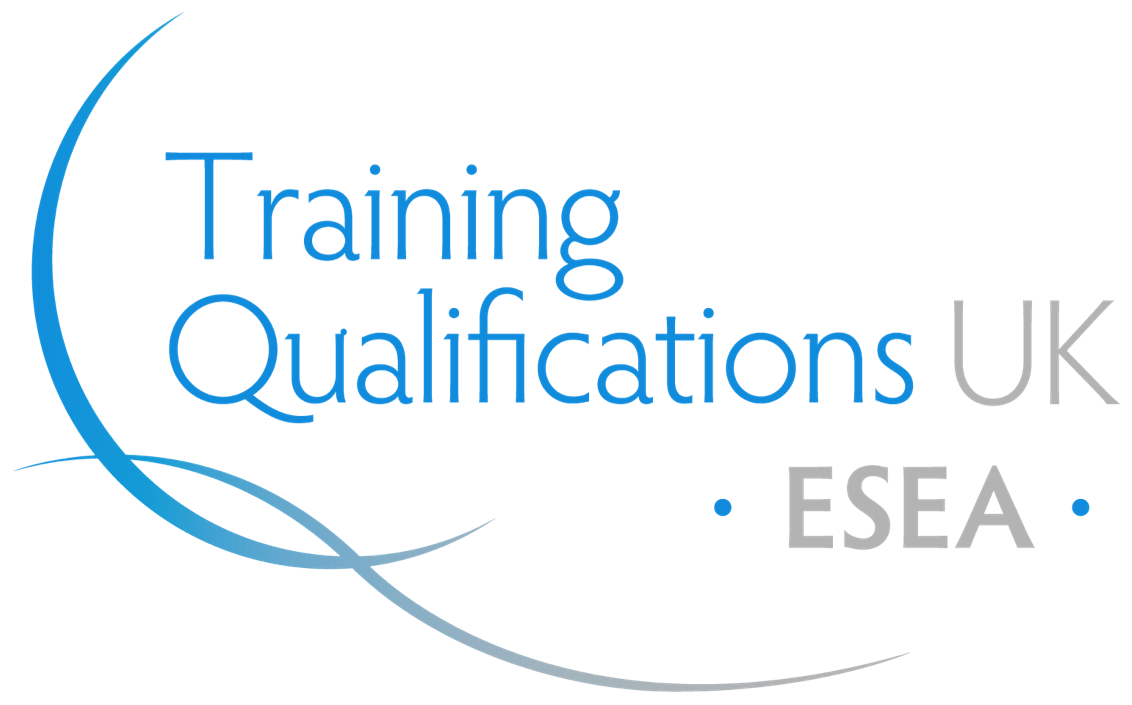Written by Kit Jenkin
Exciting news! TQUK has been approved by the Skills Funding Agency (SFA) as an apprentice assessment organization! You can find us registered here, on the government’s official Register of apprentice assessment organisations (RoAAO).
Now that TQUK is able to provide apprenticeship end-point assessment in various disciplines, we thought it would be helpful to take a look at some of the government’s new apprenticeship reforms, their pros and cons and how they are affecting the industry and businesses like ours, for those in the know and for the newbies out there.
With the introduction of the Apprenticeship Levy in April 2017 and an overhaul of the government funding model as a whole, the apprenticeship landscape in the UK has been razed to build anew. The change being felt the most is the move to End Point Assessment (EPA). In this new model of assessment, the apprentice is assessed on their learning, knowledge and practice by a third-party assessor, not the employer/trainer. The Richard Review, an independent report on apprenticeships commissioned by the Department for Business, Innovation & Skills (BIS) and conducted by entrepreneur and educator Doug Richard, recommended a move to EPA to ensure apprentices were assessed after they had attained the most experience possible so that employers have more direct control over the design and structure of apprentice training. Richard states in the report that the move would free providers from the burdens and restrictions of continuous assessment and allow them and the learner to focus more on training and learning.
Businesses will decide which assessment organisations they want to train their apprentices. They will establish their own purchasing power through a new online portal called the Digital Apprenticeship Service (DAS). All EPAs and Apprenticeship Standards are created by ‘Trailblazers’ groups of industry leaders that select the standards and criteria by which all apprentices are assessed. Once an assessment plan has been produced, the BIS and SFA will allocate a funding band and list the apprenticeship for a tender by potential assessment organisations.
The learner will follow a straightforward four-step journey on their way to completion.
Induction: The first element of the new apprenticeship includes a formal introduction to the programme. During this period, learners will complete all enrolment paperwork and their initial literacy and numeracy assessment.
Formative Study: This second element can include a number of elements that can vary depending on the apprenticeship standard. For some apprenticeships, this component will include qualifications whilst for others it may simply include on-and-off the job training.
Gateway: Before progressing to synoptic end-point assessment, learners are required to meet the gateway requirements. This may include the completion of qualifications, set learning objectives or improving knowledge, skills and behaviours that the approved training provider and employer feel are not yet sufficient to undertake the final end-point assessment.
Synoptic Assessment: The final synoptic end-point assessment is completed by a commissioned and approved Apprenticeship Assessment Organisation in line with the requirements detailed within the assessment plan and apprenticeship standard.
Once an apprentice has completed their apprenticeship, they will be cleared to demonstrate their knowledge and capabilities in an assessment. This assessment can involve anything from tests, examinations, workplace observations, workplace testing, portfolio work, assignments, professional discussions or assessment of work output, depending on the situation and specific apprenticeship program being delivered. The end-point assessment is conducted by a third party organisation and/or assessor that must be independent from the training provider. During the end-point assessment, the apprentice must show they can perform in their occupation in a fully competent, holistic and productive way.
One of the main effects of EPA will be the creation of huge demand for the third-party assessors themselves. Under this new system, occupationally competent holders of relevant assessor qualifications will be needed to fill positions, which will potentially spring up in virtually every industry across the UK. A benefit of the new system will be oversight: a third party assessor will provide an objective assessment of the learner and ensure that the training being provided meets the highest possible standards.
Such benefits, though, don’t come without some downsides. These changes may provide more flexibility and control for the employers providing the training, but continuous assessment, as a process, offered an arguably more involved process, where the assessor has a more in-depth, continuous and familiar interaction with the apprentice
These reforms are forcing the entire education landscape to adapt. Assessment organisations like TQUK will have to completely overhaul their quality assessment criteria to match the new changes.
It looks like a new dawn on the horizon. Join the conversation with TQUK online at @tq_uk or @tqukhk and tell us what you think about the latest changes.




